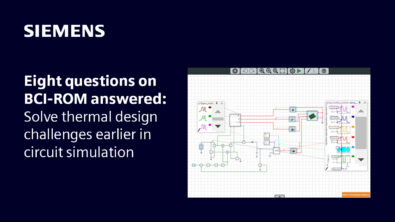What capacitor values do I use?
A common question when designing a PDN (power distribution network) for a printed circuit board is which capacitor values to use. A common practice is to use values in each decade – values like 10uF, 1uF, 0.1uF, and 0.01uF… and there is some reasoning behind that, but a little knowledge of decoupling capacitors can help you pick values that make more sense. There is a great deal of information on designing a PDN in the following article:
Printed Circuit Design & Fab: Maximizing Capacitor Effectiveness
One of the items discussed is picking capacitors that have the most capacitance for a given body size. The reasoning behind this is that the limiting factor for a capacitor’s performance is the inductance. Capacitors with smaller body sizes have the least inductance, and also allow for the least amount of mounted inductance. An 0402 capacitor, for example, typically comes in values up to 0.22uF. So, using 0.22uF 0402 capacitors is a better idea than using 0.1uF capacitors, as you get over twice the capacitance for the same amount of inductance. But in order to get a significant amount of capacitance, you need to use a large number of these capacitors in parallel. These are the “high-frequency” capacitors of the PDN, because they are the capacitors that are effective at higher frequencies, because of their small inductance. Axial-leaded caps, on the other hand, have much larger capacitance, but also large inductance, and thus are only effective at decoupling lower frequencies. You can play with different capacitor values to optimize your PDN using the HyperLynx PDN Editor.


